Bambu Lab has redefined multi-material 3D printing once again with the AMS 2 Pro, a next-gen upgrade to their already popular Automatic Material System. With enhanced reliability, speed, and material support, the AMS 2 Pro is designed to address the shortcomings of the original AMS and elevate the user experience even further.
But is it worth upgrading if you already own a P1S, X1C, or A1 Combo? In this post, we break down the key improvements, what it supports, and who should consider switching.
🆕 What’s New in the AMS 2 Pro?
The AMS 2 Pro introduces several hardware and performance upgrades over the original AMS:
1. Independent Drive Units
Each of the 4 material slots has its own direct drive feeder, allowing for:
-
Faster material switching
-
Reduced risk of cross-feeding issues
-
More accurate retraction of filaments
2. Filament Cutter Built-In
This new feature ensures a clean cut at the end of each spool swap, reducing the chances of feeding errors or jams — especially important for flexible or stringy filaments.
3. Improved Humidity Control
A newly sealed interior combined with better desiccant handling helps maintain low-moisture conditions, which is crucial for Nylon, TPU, and PETG. The Unit will heat the internal cavity of the AMS and release the moisture from the filaments and some sensors will trigger a set of fans to remove the humid air and restart the cycle. This is an active dryer that solves the original problem (trap the humidity inside the unit) and it's controlled by the printer. Once the humidity level reaches the optimal value you can start your prints.
4. RFID 2.0 Support
Improved tag recognition with more accurate filament data — great for tracking spool usage and enabling plug-and-play with Bambu-branded materials.
✅ Compatible Printers
As of 2025, the AMS 2 Pro is compatible with:
-
Bambu Lab X1 Carbon
-
Bambu Lab P1S (via AMS Hub)
-
Bambu Lab A1 Combo (FW update - Q3 2025)
-
Bambu Lab A1 Mini (with hub and adapters FW update - Q3 2025)
Note: While the AMS 2 Pro is backward-compatible, full feature support (like RFID and independent drive control) may vary depending on the printer model and firmware updates.
🧪 Third-Party Filament Compatibility
Like the original AMS, the AMS 2 Pro works with third-party filaments, including:
-
Generic PLA, PETG, ABS, ASA
-
PLA brands like D3D Sigma PLA or Filaments Depot PLA
-
Supported via manual configuration in Bambu Studio
-
Reusable RFID tag options coming soon
The AMS 2 Pro is especially better with slightly flexible filaments like PETG and some grades of TPU, thanks to the clean cutting mechanism and improved filament retraction.
💡 Who Should Upgrade?
Upgrade if:
-
If you thought that you will not need an AMS when you fist bought your printer
-
You frequently print in multiple colors or materials
-
You’ve experienced feeding or tangling issues with the original AMS
-
You want better support for humidity-sensitive filaments (like Nylon or PETG)
-
You’re working in a print farm or production environment where reliability matters
Stick with AMS (Original) if:
-
You mostly use PLA and rarely print in more than 1–2 colors
-
You already have a tuned, stable workflow that doesn’t require frequent swaps
-
Budget is a concern
🛠️ AMS 2 Pro Add-Ons to Consider
-
AMS Hub (for multi-AMS setups)
-
RFID Rewritable Tags (3rd-party)
-
External Dry Box Integration (for extra-dry spools - AMS-HT)
-
Extra PTFE tubing for custom setups
🏁 Final Verdict
The AMS 2 Pro represents a significant leap forward in multi-material 3D printing, solving real pain points from the original AMS. If you’re ready to push the boundaries of what your Bambu Lab printer can do — especially in multi-color, multi-material projects — the AMS 2 Pro is worth the upgrade.
Stay tuned for availability, firmware updates, and third-party support as this new system rolls out globally.
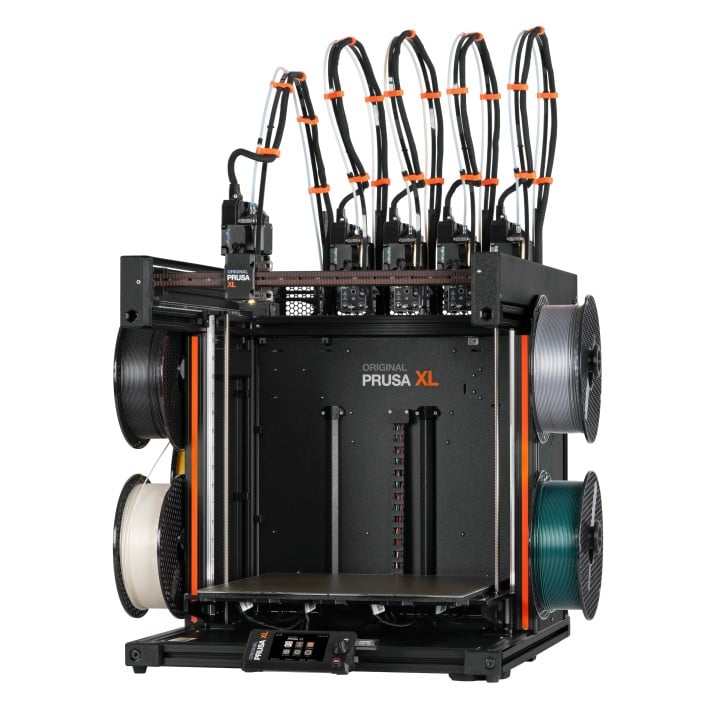
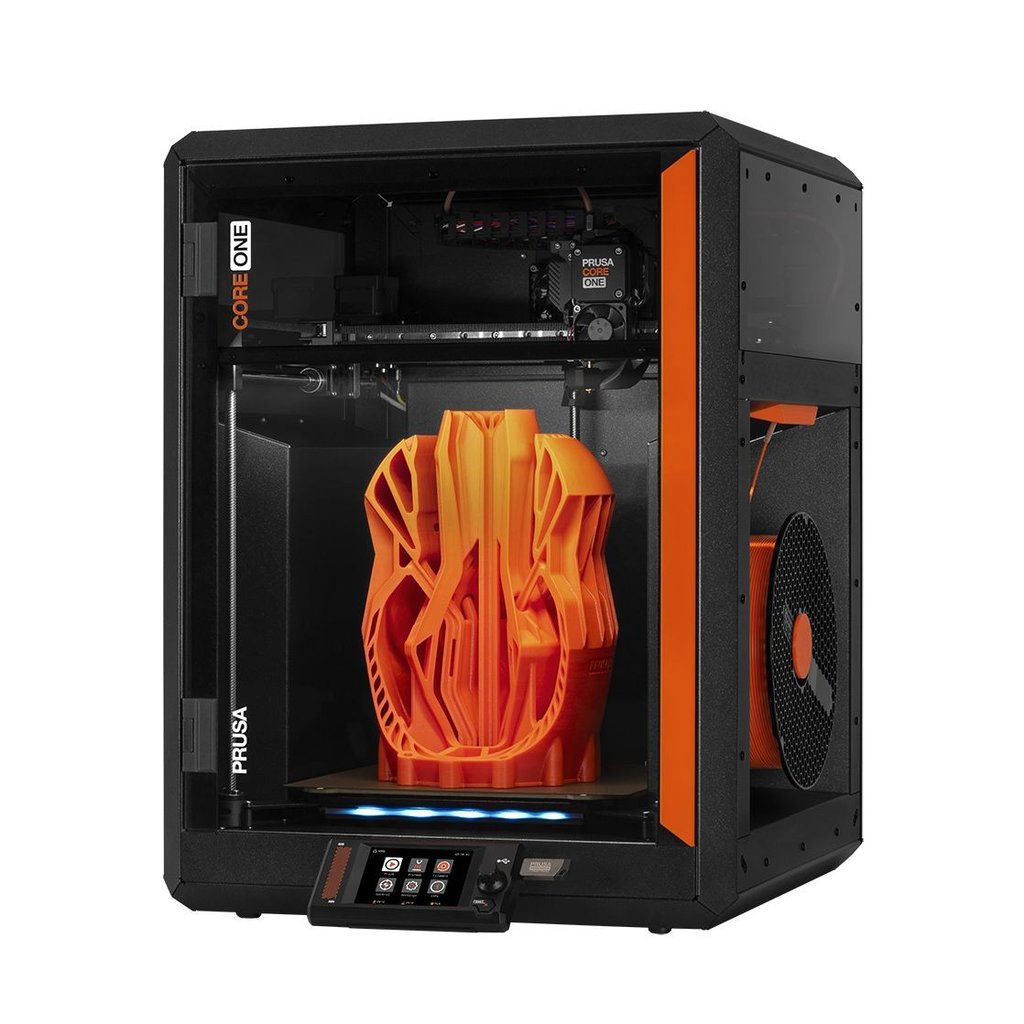


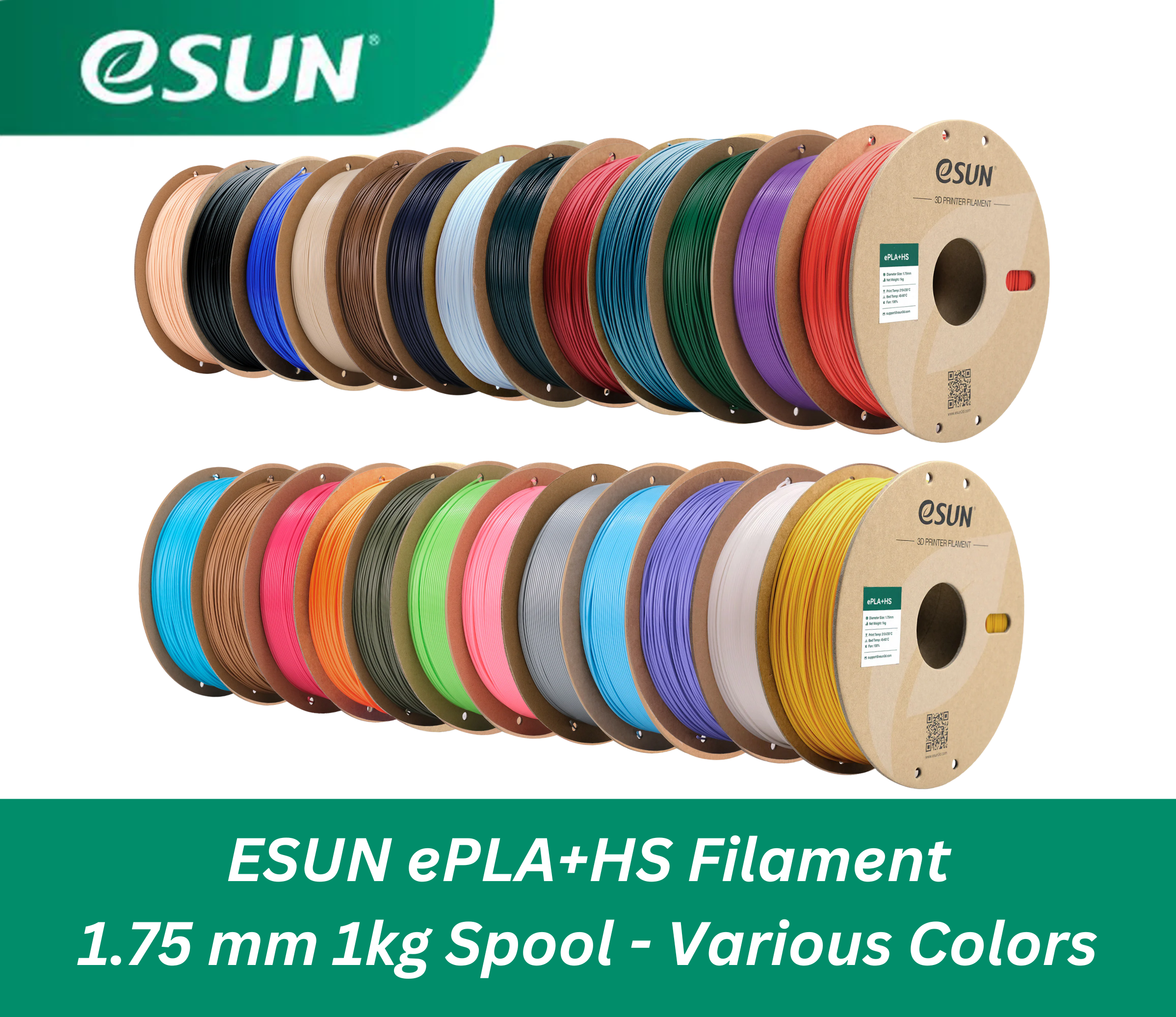
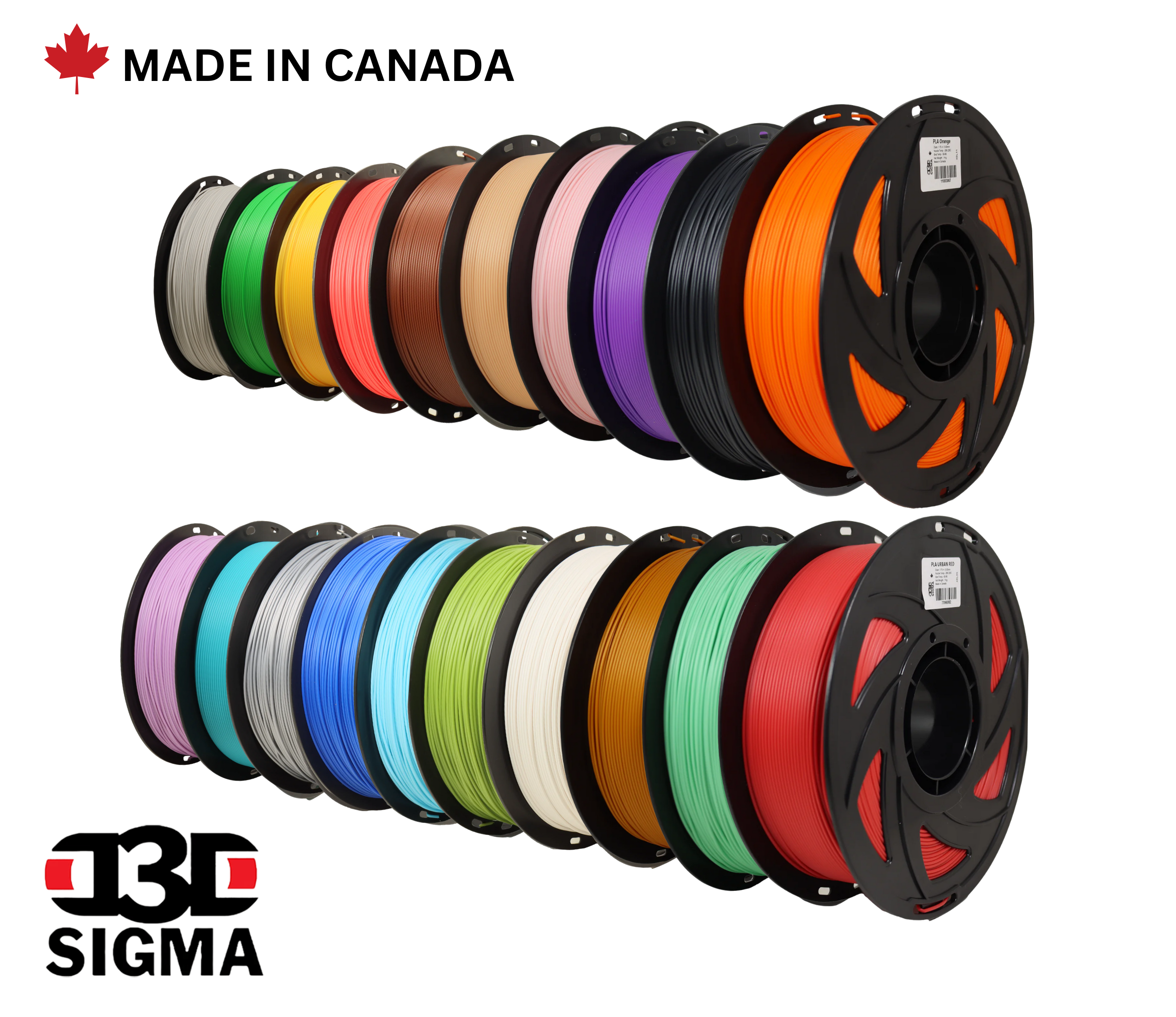
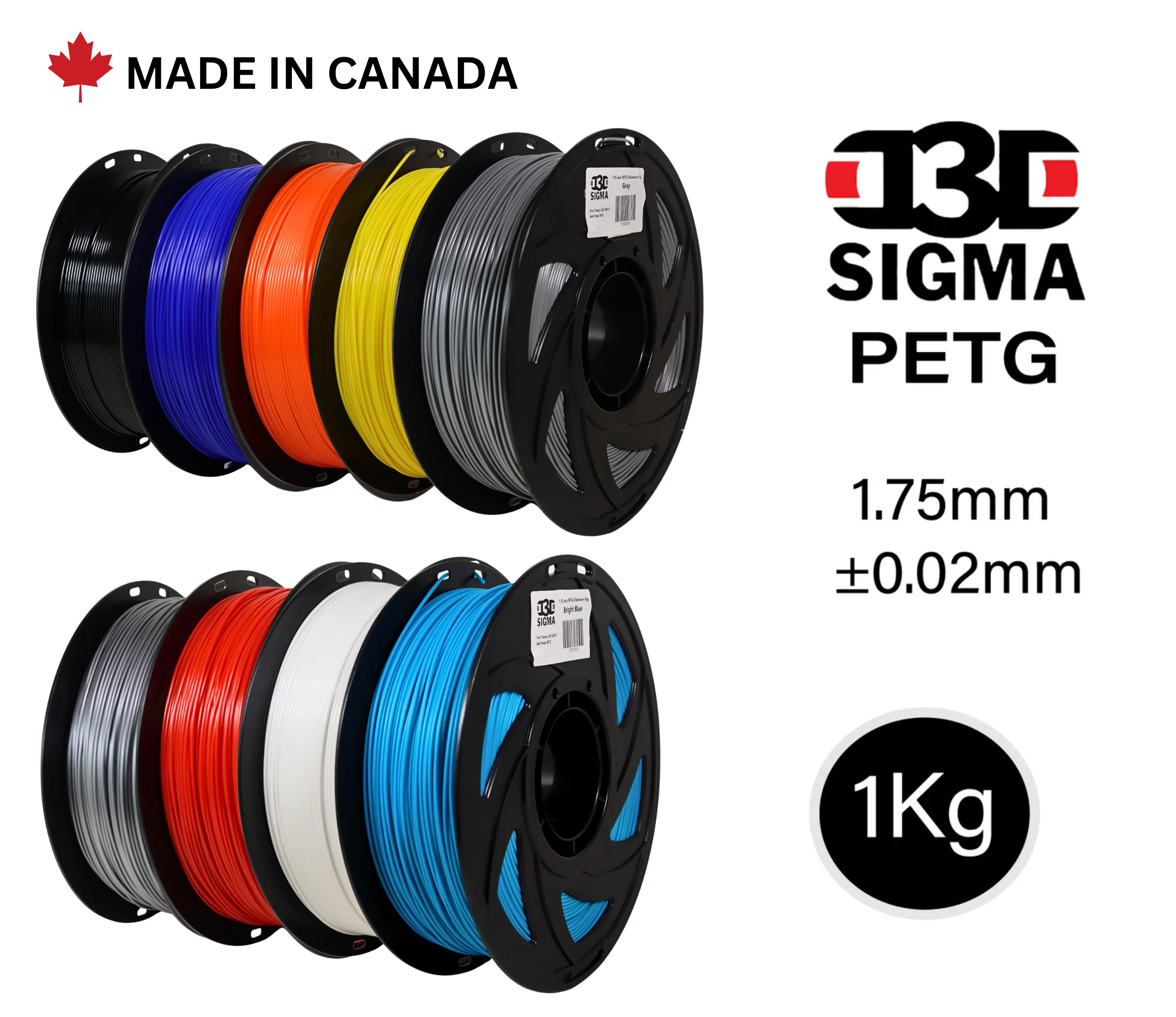





































































1 comment
Alex
Can you combine both AMS 1 and AMS2?